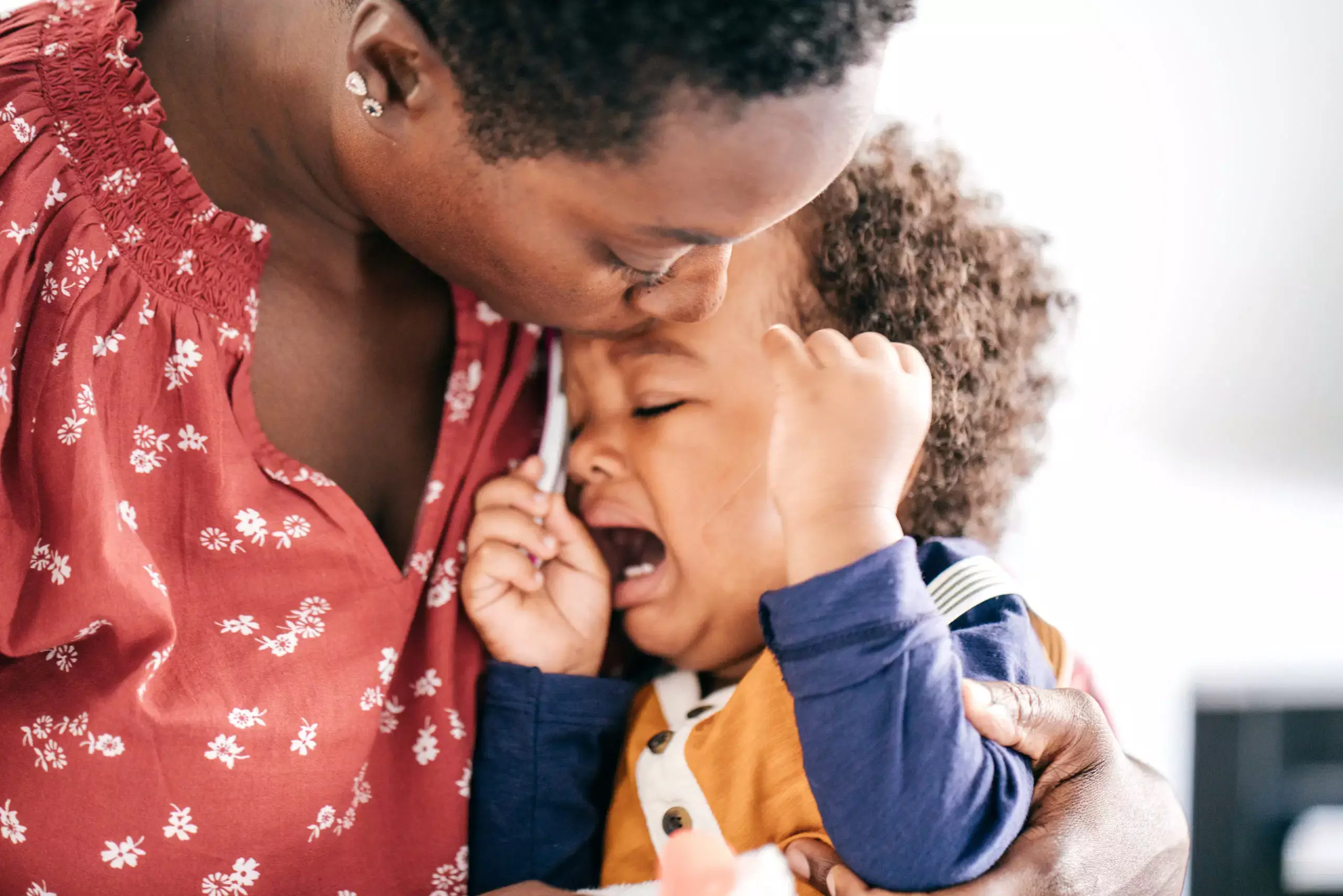Parenthood is rife with challenges, and one of the most formidable is dealing with tantrums. As a parent, one may believe they can anticipate or rationalize their child’s behavior, but the unanticipated emotional outbursts of toddlers can feel overwhelming. Take, for example, a moment from a memorable family outing—a simple lunch turned into a tumultuous emotional cascade due to a graham cracker. This scenario epitomizes the complexity of toddler emotions, where a minor disruption in their routine culminates in chaos due to their struggle to articulate their feelings.
In this particular instance, my son, accustomed to a predictable schedule, found himself unable to cope when the planned post-lunch routine was interrupted. Instead of savoring the new experience, he was thrown into emotional disarray. Such reactions often stem from the developing neural pathways in young children, which have not yet matured to process emotions in a rational manner. Recognizing that these moments are not isolated incidents but rather the norm for toddlers is crucial for parents aiming to maintain their composure.
To successfully navigate tantrums, it’s essential first to embrace the understanding that they are a natural aspect of child development. One of the primary causes of these outbursts is the child’s inability to express complex emotions compounded by the ever-present factors of fatigue and hunger. By accepting that tantrums will happen, parents can approach the situation with a level of calmness that can defuse their initial instinct to react negatively.
Instead of scrambling to end the outburst, parents should recognize that the child is not acting defiantly; rather, they are overwhelmed. This moment calls for reassurance rather than confrontation. A nurturing, understanding approach communicates to the child that their feelings, no matter how intense, are valid. This validation is essential since it lays the groundwork for a healthy emotional framework as they grow.
Handling a tantrum tactfully involves balancing between intervention and present calmness. The immediate reaction might be to give the child what they want—a graham cracker, for example. However, doing so can inadvertently reinforce the idea that tantrums are an effective means of communication. Thus, it may serve parents better to refrain from giving in to the cries and instead focus on being a supportive figure.
Being present during the uproar is not merely about physical proximity; it’s about emotional availability. Parents should consider sitting nearby to provide a space of reassurance and comfort. This presence does not demand intervention. Some verbal communication can happen, but serviceable words should be minimal. Allowing the child space to express their feelings without the burden of corrective action can be powerful, fostering trust and stability.
Once the storm has passed, parents have the opportunity to bridge the gap created during the havoc. A simple gesture like offering a hug or reaching out for a hand can facilitate reconnection and reinforce love. In these moments, children need to know they are not loved any less for their emotional outbursts. This process encourages an open dialogue and teaches them that their emotions are accepted, rather than shamed.
Children appreciate the understanding that real-life emotions are complex. By nurturing their feelings, parents create an environment where children feel safe expressing their joys and frustrations. This is crucial not just for immediate connection but for establishing a lasting relationship that will withstand future emotional challenges.
As parents navigate the testing waters of toddler tantrums, they must remember that these experiences are foundational. Acting with patience and understanding during a tantrum reflects a long-term investment in the child’s emotional intelligence and the parent-child bond. Over time, children who are allowed to express their emotions will be more equipped to handle feelings responsibly. They will not only learn how to express their needs effectively but will also develop resilience—a skill essential for adulthood.
By leaning into the discomfort of these early challenges, parents are offering a significant gift: the assurance that feelings can be expressed safely. Instead of shying away from emotional discussions later in life, children who have had their toddler tantrums handled with empathy are far more likely to open up about their struggles in the future.
While tantrums can be a source of stress, they serve an important role in child development. Facing these chaotic moments with understanding, calmness, and love fosters a trusting relationship that lasts well beyond toddlerhood. Embracing the messy nature of parenting allows for deeper connections and cultivates emotional intelligence in children. Through these experiences, parents and children can navigate this intricate journey together, forging lasting bonds that will shape their futures.

